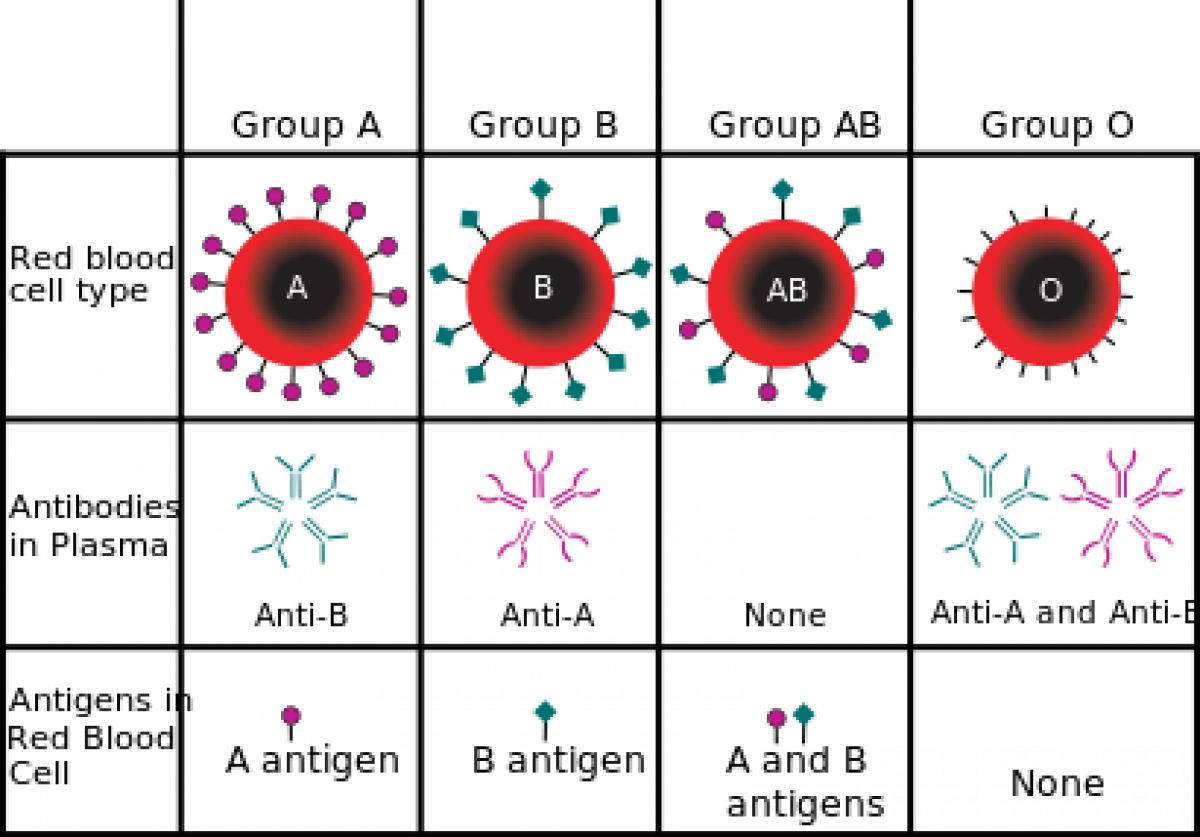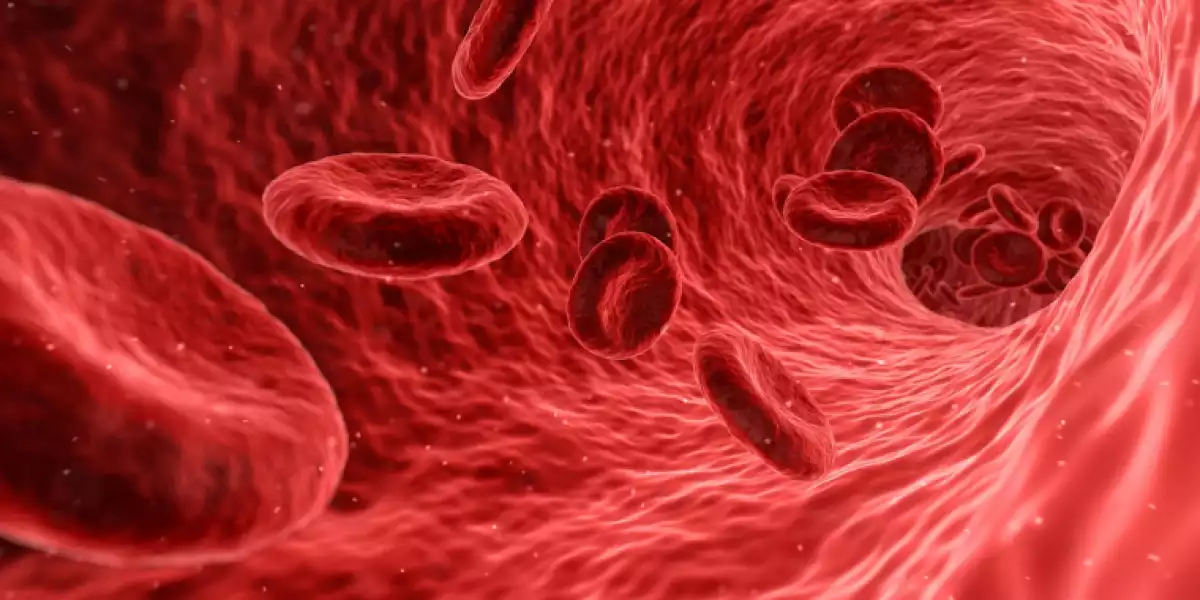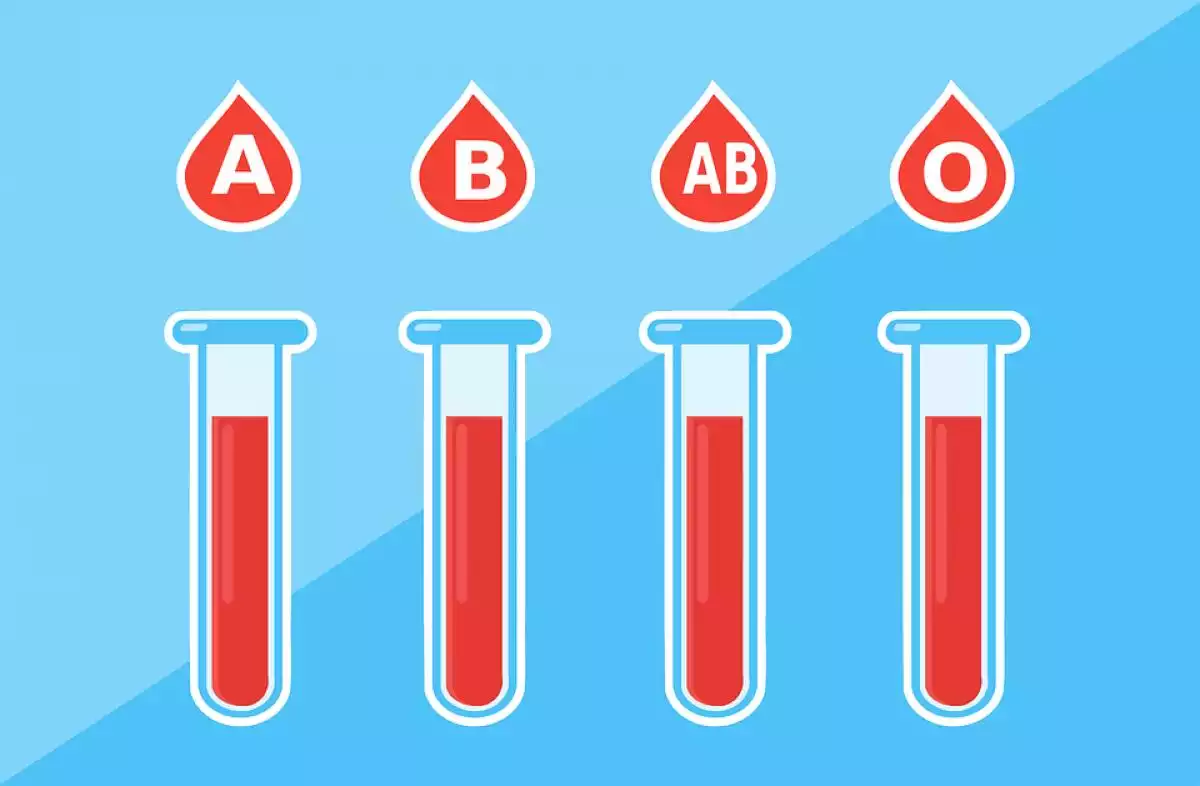Human blood is an authentic living tissue, essential for our body's optimal functioning, made up of a liquid component and a solid one. There are different blood groups depending on the antigens and antibodies they contain, and it's important not only to know their differences but also what blood type you are, vital information in the case of a blood transfusion. Therefore, it is useful to ask ourselves the following questions: How many blood groups are there? What are the differences between the different types of blood? Discover everything you need to know in our Healthy Way Mag article.
Blood groups (blood types)
Basically, we could define a blood group as a simple way to classify certain characteristics of blood, depending on the presence or absence of certain molecules, as is the case of antigens.
There are a total of 4 major blood types, whose basic differentiation is determined by the presence or absence of different antigens, which are found on the surface of red blood cells.
Group A
It is the blood group whose red blood cells have the antigen A and in its plasma the Anti-B antibody.
Group B
They present in the red blood cells antigens B and in their plasma Anti-A antibodies.
Group AB
It has antigens A and B in red blood cells, and anti-A and anti-B antibodies in its plasma.
0 Group
It does not present antigens A or B in its red blood cells, and anti-A and Anti-B antibodies in the plasma.
Blood and its main functions
Unlike other tissues, blood is described as being a liquid connective tissue, and its characteristic red color due to the presence of the known hemoglobin pigment, which is found in red blood cells, and which consists of a hemoprotein capable of transporting dioxygen.

It circulates in the arteries, veins, and capillaries, and it´s divided into a liquid part (known as plasma and containing mainly water as well as proteins and salts) and a solid part (essential to contain red blood cells, platelets, and white blood cells) While red blood cells are responsible for supplying oxygen to different tissues and organs from the lungs, and platelets are essential for adequate blood coagulation when a wound or a cut occurs, white blood cells are essential for our immune system and fighting infections.
One of its main functions is to provide oxygen and glucose to our body, producing, in turn, carbon dioxide (in addition to other products of metabolic activity) and other substances such as hormones, lipids, and amino acids, as well as cells. It is also useful to help regulate body temperature.
Rh positive and negative
Each person has a blood type based on Rh positive or Rh negative, depending on the absence or presence of the most important red blood cell antigen (corresponding to the Rh blood group). In this way, if we combine the ABO system (reviewed above) with the Rh system, we can find a much more detailed classification of the different types of blood that exist: A +, A-, B +, B-, AB +, AB-, O + I-. In this sense, when combining the ABO and Rh systems we can say that there are 8 types of blood instead of 4, depending on the factors that we take into account.

Why should you know your blood type
As many specialists say, it is essential to know what our blood type is (and ultimately to which blood group we belong), since depending on it we can donate to certain individuals and also receive blood from some donors. This is even more important when we need blood transfusion. On the other hand, knowing what our blood factor is also of vital importance, since if there is an incompatibility between the blood type of the pregnant woman and her baby, there may be certain problems during pregnancy.
Which blood types can I donate to?
As mentioned in the previous section, although it is true that it is very important to know what our blood type is, especially when there is an accident or we suffer some type of injury and an urgent blood transfusion is required, it is also essential to know what blood group we can donate to. Basically, patients receive blood from the same blood group.
However, there are people who are known as "universal blood recipients" (patient of the AB + group), which means that they can receive blood from any donor, regardless of the blood group to which the donor belongs, but cannot donate more than to people of their own kind. On the other hand, we can also find "universal blood donors" (group O-), which means that it is a person who can donate blood to any individual. However, you can not receive blood other than your own type.
Blood type compatibility
Once made the differentiation that we have exposed in the previous section, we can delve a little more in the world of blood types and discover the exact compatibility of blood groups:
- Group A +: You can donate to A + and AB + and you can receive A ± and O ±.
- Group A-: You can donate to A ± and AB ± and you can receive A- and O-.
- Group B +: You can donate to B + and AB and you can receive B ± and O ±.
- Group B-: You can donate to B ± and AB ± and you can receive B- and O-.
- Group AB +: You can donate to AB + and you are a universal recipient (you can receive from any group).
- Group AB-: You can donate to AB ± and you can receive from A-, B-, AB- and O-.
- Group O +: Can donate to A +, B +, AB + and O + and can receive from O ±.
- Group O-: Is a universal donor (can donate to any group) and can only receive from O-.
- This article about "The Blood Types" was originally published in Spanish in Viviendo La Salud
References:
Ciepiela O, Jaworska A, Łacheta D, Falkowska N, Popko K, Demkow U. Awareness of blood group and blood donation among medical students. Transfus Apher Sci. 2017 Dec;56(6):858-864. doi: 10.1016/j.transci.2017.10.002.
Johnsen JM. Using red blood cell genomics in transfusion medicine. Hematology Am Soc Hematol Educ Program. 2015;2015:168-76. doi: 10.1182/asheducation-2015.1.168.
Franchini M, Liumbruno GM. ABO blood group: old dogma, new perspectives. Clin Chem Lab Med. 2013 Aug;51(8):1545-53. doi: 10.1515/cclm-2013-0168.

